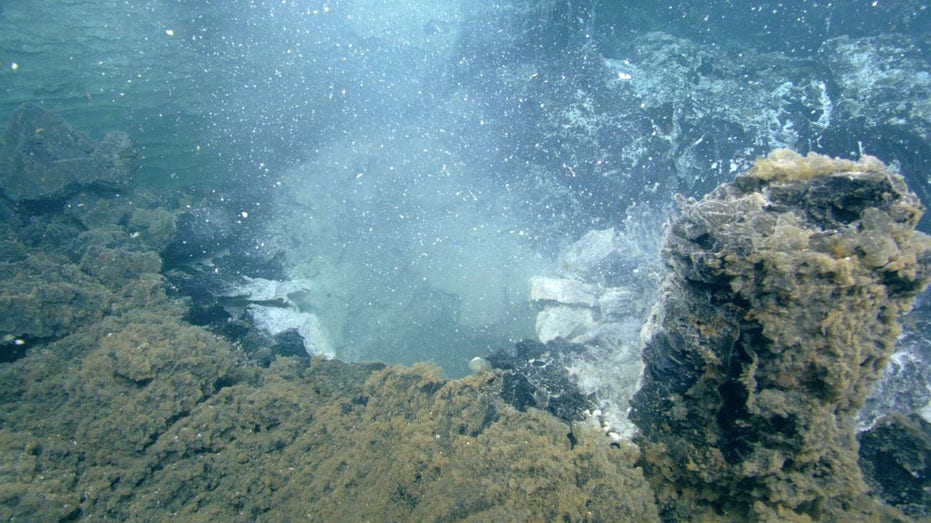Scientists Forecast Eruption of Underwater Volcano 300 Miles Off Oregon Coast

Potential Undersea Volcanic Eruption Near Oregon
Scientists warn that an underwater volcano located off the Oregon coast could erupt later this year. This significant geological event involves Axial Seamount, a submarine volcano situated more than 4,900 feet below the surface of the Pacific Ocean, approximately 300 miles from the Oregon shoreline. Recent observations indicate that the volcano is showing early signs of an impending eruption, which would be its first since 2015.
The Formation and Significance of Axial Seamount
Axial Seamount is formed over a mantle hot spot—an area deep within the Earth where columns of molten rock rise toward the crust. As the Earth’s tectonic plates shift, they slide over this stationary hot spot, creating a chain of volcanic formations over millions of years. According to the University of Washington’s College of the Environment, such processes are fundamental in shaping the ocean floor, with over two-thirds of the Earth’s surface being formed by volcanic activity along mid-ocean ridges.
Understanding the Hot Spot Mechanism
Hot spots like the one beneath Axial Seamount generate continuous volcanic activity, contributing to the growth of new seafloor and volcanic chains. This ongoing process plays a vital role in the Earth’s geological evolution and the formation of underwater mountain ranges.
- Ensuring Safe and Enjoyable Gaming for Kids and Parents
-
US Immigration Agency Plans 24/7 Social Media Monitoring with Private Contractors

-
Meta AI Scandal Exposes Dangerous Chatbot Policies Allowing Flirtation with Minors

-
Trump Administration Continues Downsizing of Health Department Amid Government Shutdown

Implications of the Upcoming Eruption
Fortunately, scientists assure that the upcoming eruption poses no immediate threat to land or human populations. Since Axial Seamount is located deep beneath the ocean surface and far from coastal areas, its eruption is unlikely to be detected on land or to trigger earthquakes or tsunamis along the Pacific Northwest coast.
Signs of an Impending Eruption
The first detectable warning of an eruption will be a notable increase in seismic activity around the volcano. Currently, experts observe that the volcano has already experienced more inflation than in 2015, indicating magma buildup beneath the surface.
Earthquake Activity and Magma Movement
According to Deborah Kelley, a professor at the University of Washington’s School of Oceanography and director of the Regional Cabled Array, the region is experiencing between 200 and 300 earthquakes daily, with occasional spikes reaching around 1,000 per day due to tidal influences. Based on previous eruptions, such activity could escalate to over 2,000 earthquakes daily over several months before the volcano erupts, caused by magma migrating upward toward the surface.
The Eruption Process and Aftermath
When the magma finally reaches the surface, the process unfolds rapidly. William Wilcock, a fellow at the UW School of Oceanography, explains that the ascent of magma typically lasts about an hour. During this time, lava begins to flow across the caldera, and fissures filled with lava may open up to the north or south, potentially extending as far as 25 miles (40 kilometers).
Following the initial surge, seismic activity diminishes quickly over the next few days, but the eruption itself can continue at a slow rate for approximately a month, gradually building new volcanic features on the ocean floor.
Additional Resources for Understanding Undersea Volcanoes
For those interested in learning more about submarine volcanoes and their impact on Earth’s geology, reputable sources such as the United States Geological Survey (USGS) and the National Oceanic and Atmospheric Administration (NOAA) provide detailed explanations and real-time monitoring data.
